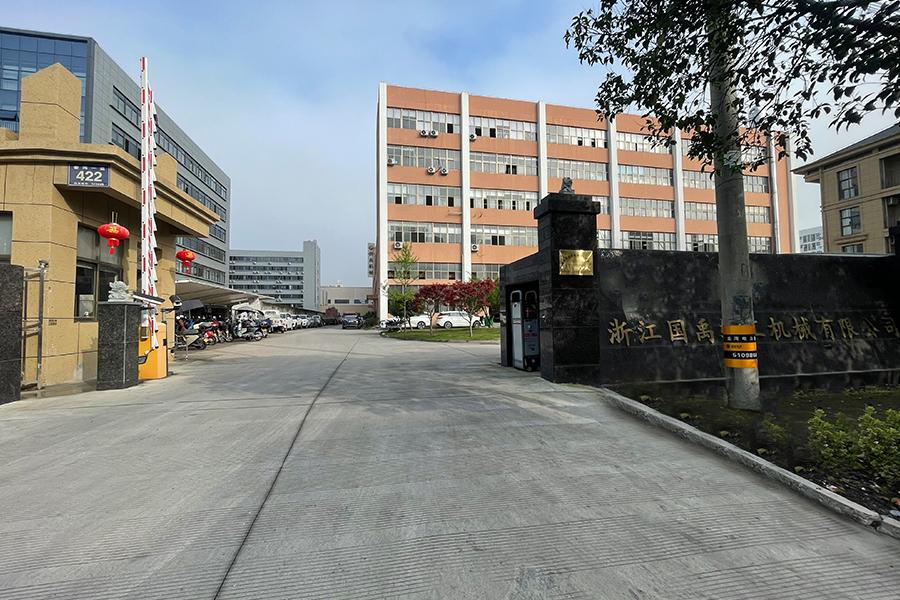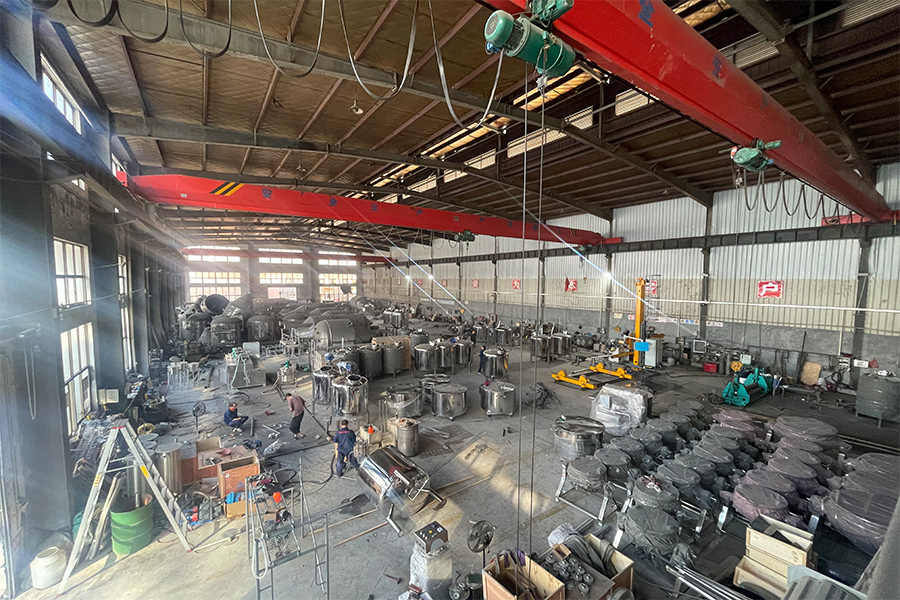-
 [email protected]
[email protected]
-
 +86-13706666922
+86-13706666922

Beneath the sprawling landscapes of industrial parks, agricultural facilities, and municipal water systems lies a network of storage tanks that form the fundamental backbone of material management across countless sectors. These cylindrical and spherical structures serve as critical intermediaries in supply chains, holding everything from drinking water and agricultural chemicals to petroleum products and industrial intermediates. The design and implementation of storage tanks represent a sophisticated field of engineering that balances capacity requirements with safety considerations, environmental protection, and operational practicality. While often overlooked in discussions of industrial infrastructure, storage tanks perform the essential function of ensuring material availability, stabilizing production flows, and providing buffer capacity that enables modern manufacturing and distribution systems to function with remarkable efficiency.
The engineering complexity behind storage tank design reveals itself through the specialized approaches required for different stored materials. Storage tanks intended for water service typically employ carbon steel with protective coatings or concrete construction, focusing on preventing contamination while withstanding decades of service. By contrast, storage tanks for chemical service demand meticulous material selection—from specialized stainless steels to fiberglass-reinforced plastics—that resist specific corrosive substances while maintaining structural integrity. The architectural design of storage tanks varies significantly based on their contents, with atmospheric tanks storing liquids at ambient pressure, pressurized tanks containing liquefied gases, and cryogenic tanks maintaining substances at badly low temperatures. Each storage tank configuration incorporates specific safety systems including venting arrangements, overflow protection, and in many cases secondary containment structures that prevent environmental releases during primary tank failures.
Technological integration has transformed conventional storage tanks into intelligent components within broader industrial systems. Modern storage tanks increasingly incorporate sophisticated monitoring equipment that provides real-time data on inventory levels, temperature conditions, and structural integrity. Advanced storage tank installations may feature automated sampling systems that analyze contents without requiring physical access, interior inspection robots that assess condition while the tank remains in service, and predictive maintenance systems that identify potential issues before they escalate into failures. The external protection systems for storage tanks have also advanced, with improved coating technologies offering enhanced corrosion resistance and thermal insulation systems that maintain ideal temperatures while reducing energy consumption. These technological enhancements have elevated storage tanks from simple containment vessels to actively managed components within integrated process systems.
Future developments in storage tank technology point toward greater integration with digital infrastructure and enhanced environmental safeguards. Next-generation storage tanks are likely to incorporate more comprehensive sensor networks that monitor both internal conditions and external structural integrity, communicating directly with facility management systems. The drive toward circular economy principles is influencing storage tank design through features that facilitate material traceability, quality preservation during storage, and easier cleaning between product changes. Research initiatives are exploring novel materials for storage tank construction—including advanced composites and nano-enhanced coatings—that could offer longer service life with reduced maintenance requirements. As industrial operations increasingly prioritize sustainability and resilience, storage tanks will continue evolving from passive containers into active contributors to operational efficiency, environmental protection, and supply chain reliability. This ongoing transformation ensures that these fundamental infrastructure components will maintain their critical role in supporting modern civilization's material needs while adapting to meet the challenges of changing regulatory requirements, environmental conditions, and technological possibilities.







